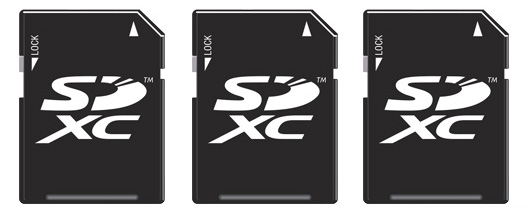 One of our writers posted an article about Canon’s new digital cameras that were announced at this year’s International Consumer Electronics Show. The new lineup consists of the PowerShot A3100 IS, the A3000 IS, the A495, and the A490. New features include a low light mode for twilight and night shooting, and a Smart Flash Exposure feature which improves image quality by automatically adding the optimum level of flash illumination, aperture, shutter speed and ISO.
One of our writers posted an article about Canon’s new digital cameras that were announced at this year’s International Consumer Electronics Show. The new lineup consists of the PowerShot A3100 IS, the A3000 IS, the A495, and the A490. New features include a low light mode for twilight and night shooting, and a Smart Flash Exposure feature which improves image quality by automatically adding the optimum level of flash illumination, aperture, shutter speed and ISO.
The A3000 series cameras also feature Canon’s Optical Image Stabilization technology, which helps to dramatically reduce or eliminate blurring caused by minute motions caused by the user.
DailyTech took the opportunity to speak with Len Musmeci, a Canon spokesperson whom we had worked with before, during a CES event. We had previously discussed new technologies like USB 3.0 and SDXC, the new SD card flash memory replacement. It will eventually be able to reach speeds of 300MB/s, but the current SD Card 3.0 specification only has support for UHS104, meaning access speeds are capped at 104MB/s due to interface limitations. The SD Card 4.0 specification currently under development will unleash the full potential of SDXC, which can support capacities as large as 2TB.
Len knew our interest in the SDXC format, and pointed out that the new cameras are the first in the world to support SDXC cards that are required to go beyond 32GB capacities. Canon has also released a statement affirming their support and adoption of the new standard.
“Starting this year, all new compact digital cameras will support the high-spec SDXC memory cards with a maximum storage capacity of two terabytes (TB) in SDA standard, making it even easier to capture additional images and videos with PowerShot cameras”.
Although Canon would not officially confirm that it would be supporting SDXC for its prosumer cameras like the PowerShot G11 and Digital SLR lineup, it indicated it was a strong possibility. Support for the current generation of SDXC requires minimum effort, and is centered mostly around firmware support for the 64GB SDXC cards and certification.
Canon won’t officially comment on USB 3.0 adoption either, but the move to faster transfer speeds for enthusiast level D-SLR cameras seems “obvious.”
Live updates from CES are available via Twitter.


